Leap Days Come Every Four Years. Mark Leap Day 2024 With Rare Tea!
Happy Leap Day! Due to small divergences between solar years and Gregorian calendar years, an extra day gets added to February every four years. And today is that day, February 29th—the first leap day since the dreaded year of 2020.
There’s something mysterious about a leap day. Imagine if every few years a week suddenly had a new day—in addition to Sunday through Saturday, there was a day called Gurday. The idea sounds absurd. But it doesn’t diverge far from February incorporating a spare day every four years—a day that then disappears until the next leap year arrives.
Tea history doesn’t include any major events that took place on a leap day. In fact, a review of events taking place on a leap day unearths scant memorable news. But leap days do remind us of at least one thing—scarcity. Leap days are rare, and ephemeral. They appear, quickly vanish and remain hidden for more than 1,400 days. They are the cicadas of the calendar.
To mark today, the second of three leap days that will take place in the 2020s, we celebrate rare teas. We carry quite a number of them at Ku Cha House of Tea.
Enjoy this rare day!
Rare Teas: Gao Shan Yin Xiang Raw Puerh
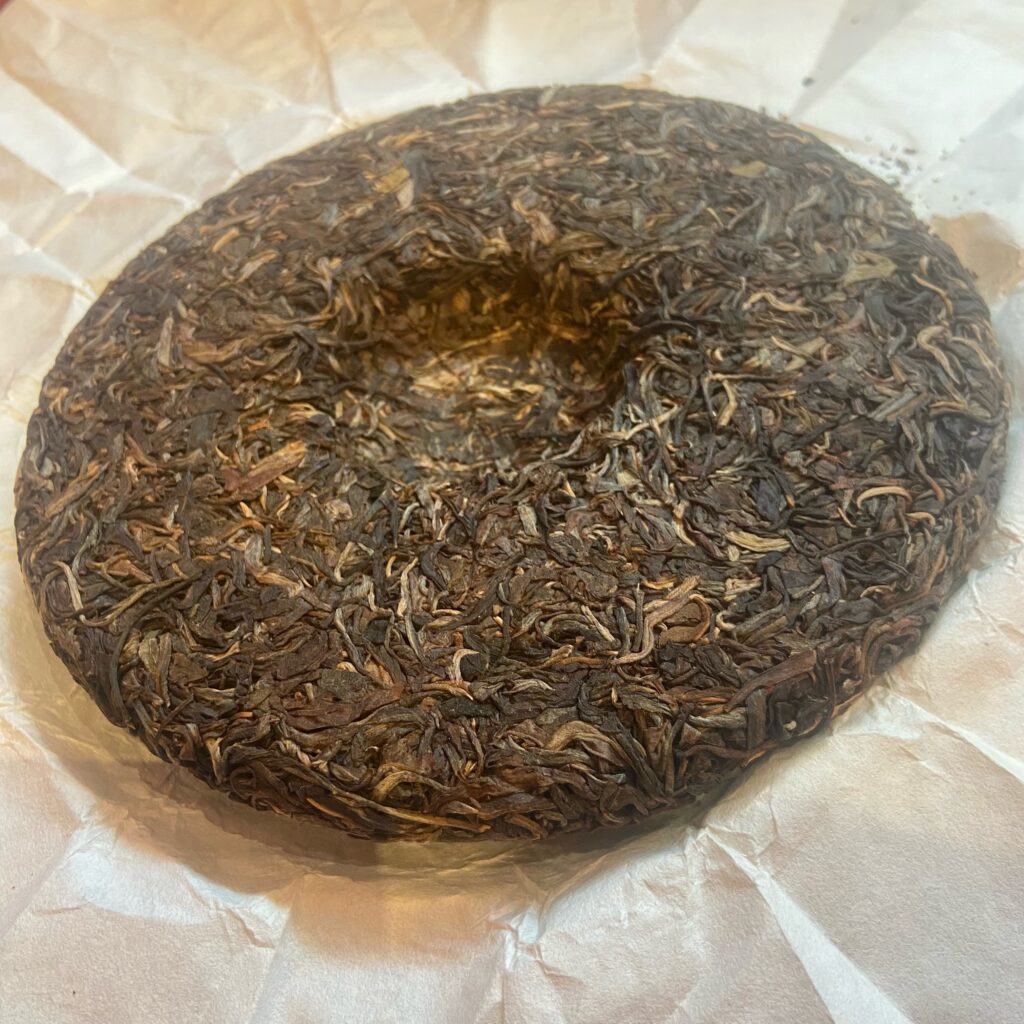
Anybody on the lookout for rare tea will hunt for this beautiful specimen, meaning “high mountain impression.” Where most teas get cultivated on large plantations, Gao Shan Yin Xiang comes from a single farmer’s tea garden in Stone Village and on Nan Nuo Shan—one of Yunnan Province’s six famous tea mountains. Traditional tea farmers harvested our tea from tea trees that are more than 100 years gold. They then stone pressed the tea in the traditional manner. The laoshu (old tree) origins of this tea are evident in its exquisite balance and structure, its intensely floral nose, its rich buttery flavor and its firm but pleasing kuwei (good bitterness)
Rare Teas: White Crescent Raw Puerh
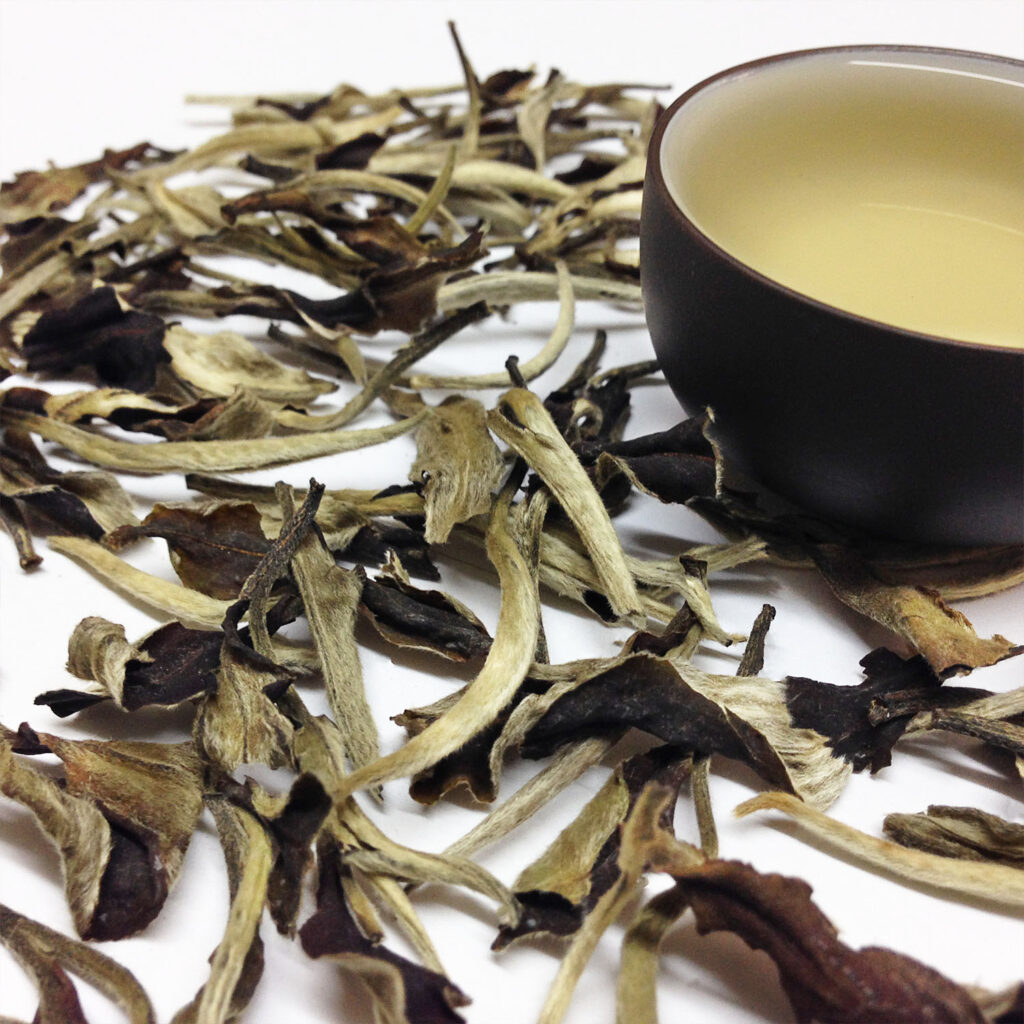
Is it a white tea? Is it puerh? In many ways it’s a little of both. Technically, our White Crescent Raw Puerh is indeed a puerh. As with all puerhs, it undergoes fermentation, a process that only puerhs experience. But the leaves are also so tender and young that it offers flavors reminiscent of white teas. And those leaves also remind us of the glow from a white crescent moon. This lovely tea is naturally sweet and rich, and leaves no bitter aftertaste.
Rare Teas: Individually Packed Rock Oolongs
Tea lovers tend to adore oolong teas, and go especially mad for rock oolongs. All rock oolongs thrive in the Wuyi Mountains in China’s Fujian Province. Each type of rock oolong is somewhat rare—some more than others. We prize our collection of rock oolongs, and encourage you to try these rare treats.
Bai Ji Guan
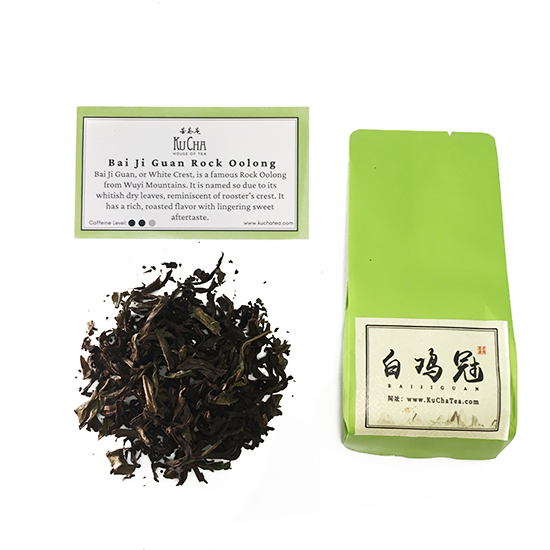
Bai Ji Guan, or White Crest, is famous for its whitish fresh leaves, reminiscent of rooster’s crest, and its lingering sweet aftertaste. It’s a charmer.
Huang Dan
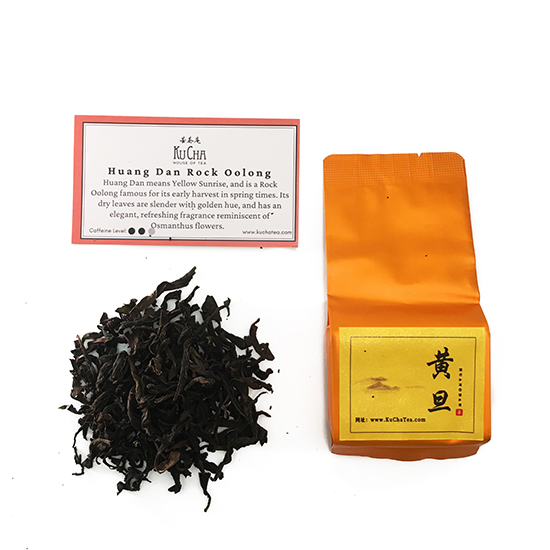
Tea farmers in the Wuyi Mountains harvest Huang Dan, meaning Yellow Sunrise, especially early in spring. Its dry leaves are slender with golden hue, and it proffers an elegant, refreshing fragrance reminiscent of osmanthus flowers.
Qi Dan
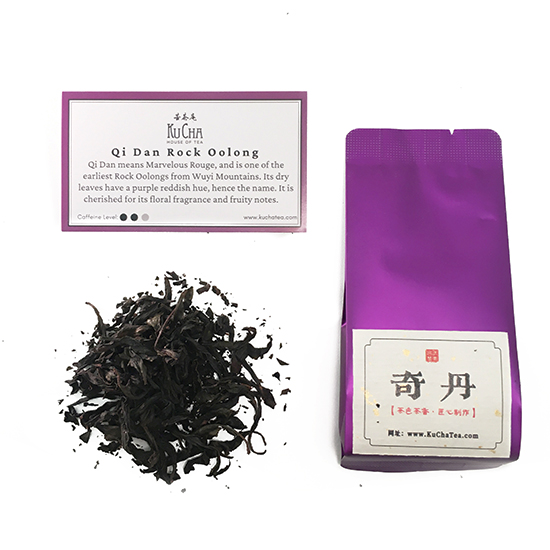
Qi Dan, meaning “marvelous rouge,” is one of the earliest-harvested rock oolongs in the Wuyi Mountains. Its dry leaves have a purple reddish hue, hence the name. It is cherished for its floral fragrance and fruity notes. Another rare treat.
Que She
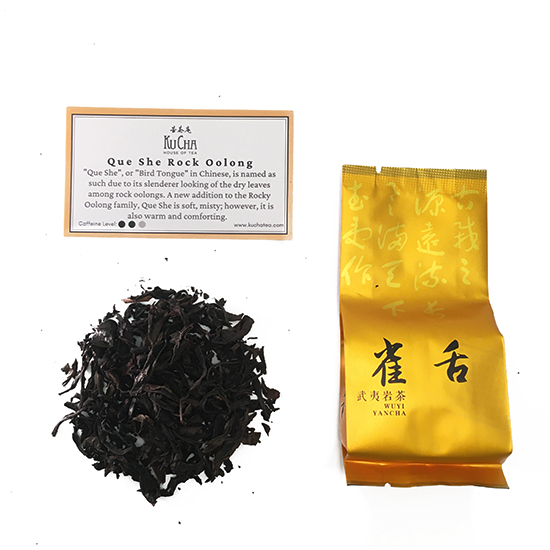
“Que She” or “Bird Tongue” in Chinese, gets its name due to the slender leaves—which indeed do look a bit like birds’ tongues (more sparrow than eagle!). We were thrilled to recently add this to our rock oolong offerings. Que She is soft, fragrant and misty. It’s also warm and comforting.
Rare Teas: Tangerine Puerh Ball
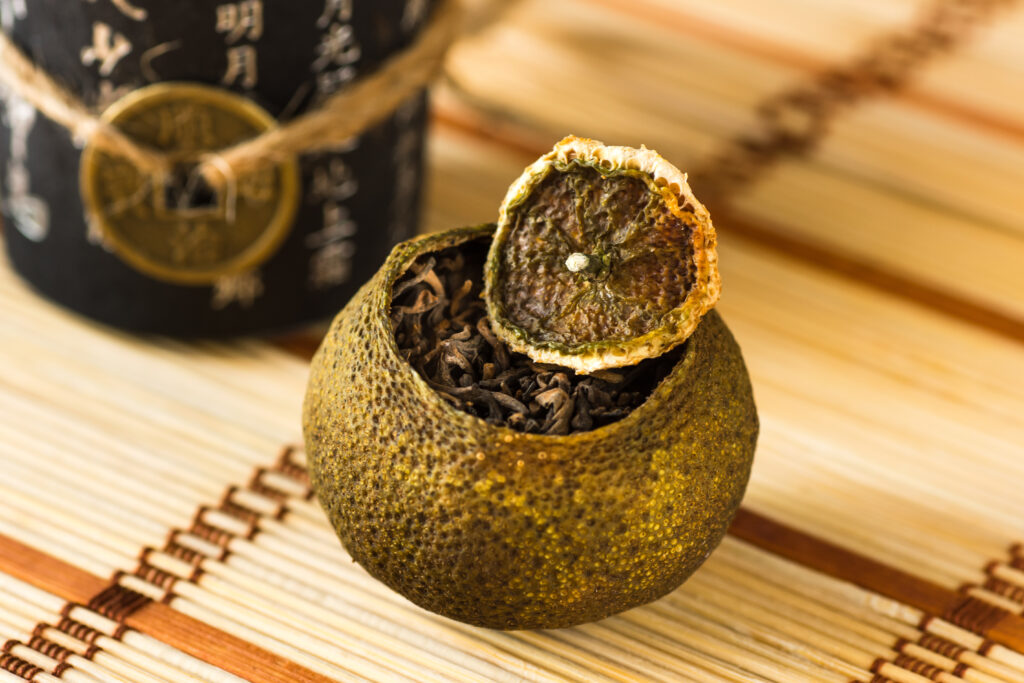
Ever run across fermented puerh tea packed into a tangerine rind at the local supermarket? The answer is no, of course. You likely won’t find puerh in the strip mall grocery store, never mind the tea leaves being stuffed into a dry citrus rind. Meanwhile, teas like this are somewhat common in China, and for good reason: deliciousness. Our Tangerine Puerh Ball comes from Xin Hui, in Guangdong Province and is revered for its health properties. It supports Sheng Jim (making your mouth feel quenched), Run Fei Zhi Ke (suppressing coughs and nurturing lung performance) and Qu Re (reducing internal heat). Pro tip: Add pieces of the tangerine rind to your pot of hot tea to accentuate the excellent tangerine flavor.
Rare Teas: Tangerine Black Ball
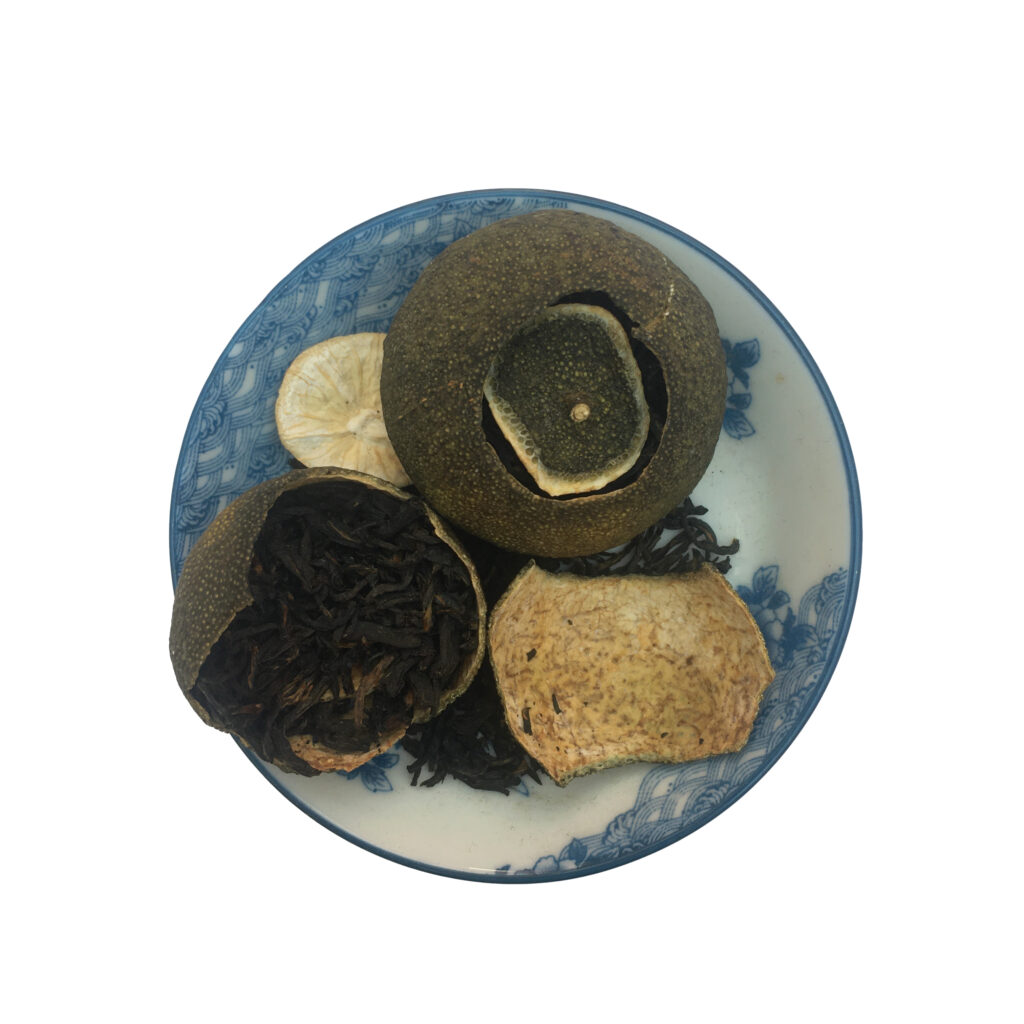
Artisans in China don’t just pack puerh into tangerine rinds—they also fill them with black tea. This special tea comes from XinHui, and like its puerh cousin is valued for its flavor and health benefits, including cough suppression, the reduction of chest inflammation and the easing of stomach discomfort. The tea in our Tangerine Black Ball has been aging since 2016, which helps produce the tea’s signature smooth, rich and sweet flavors. Brew it multiple times!
Rare Teas: Premium Matcha
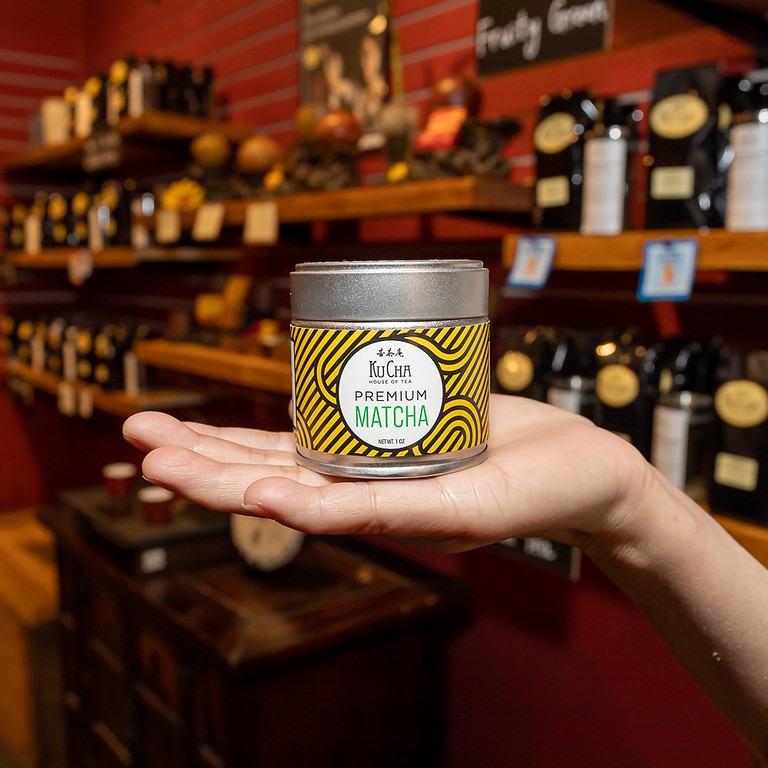
Matcha is not rare—it’s everwhere these days. But the vast majority of it, while perfect grand, does not rise to this level of matcha excellence. Our premium grade matcha, from Shizuoka in Japan, produces an especially vibrant green color, delicate sweet taste and silky texture.

